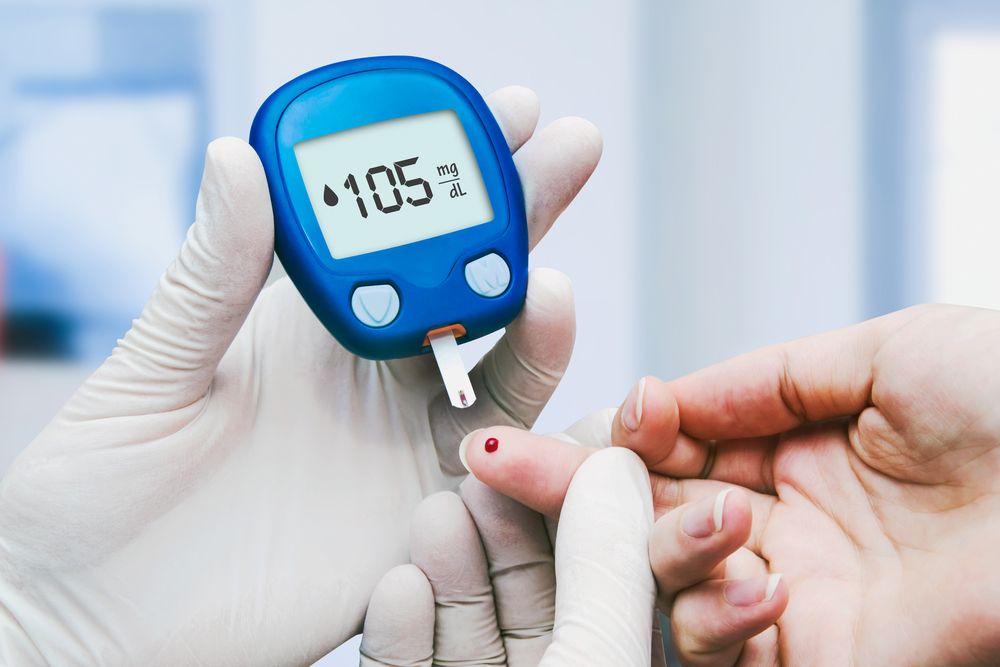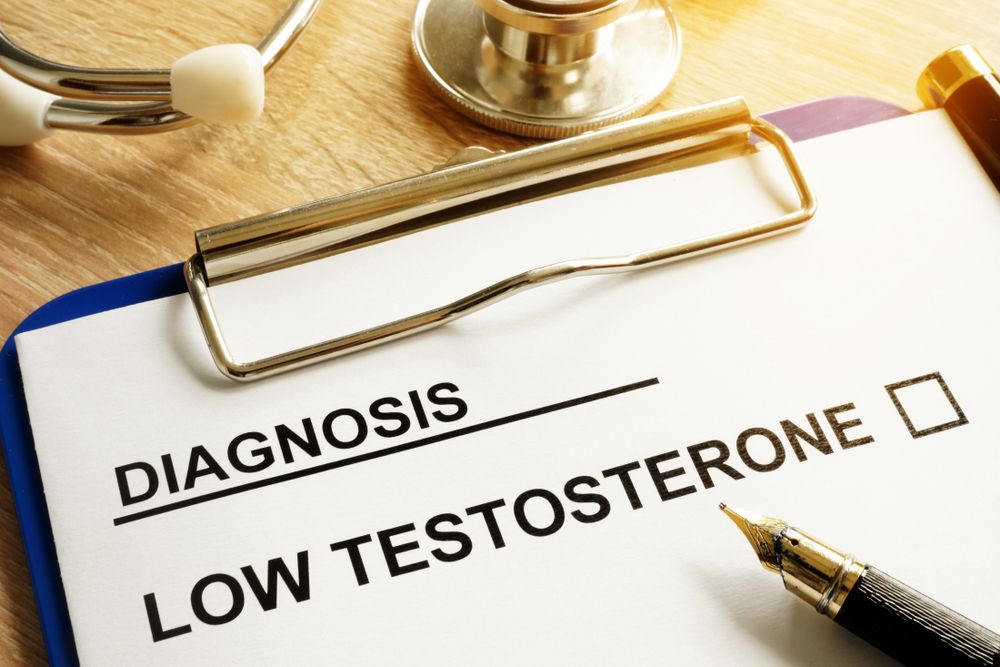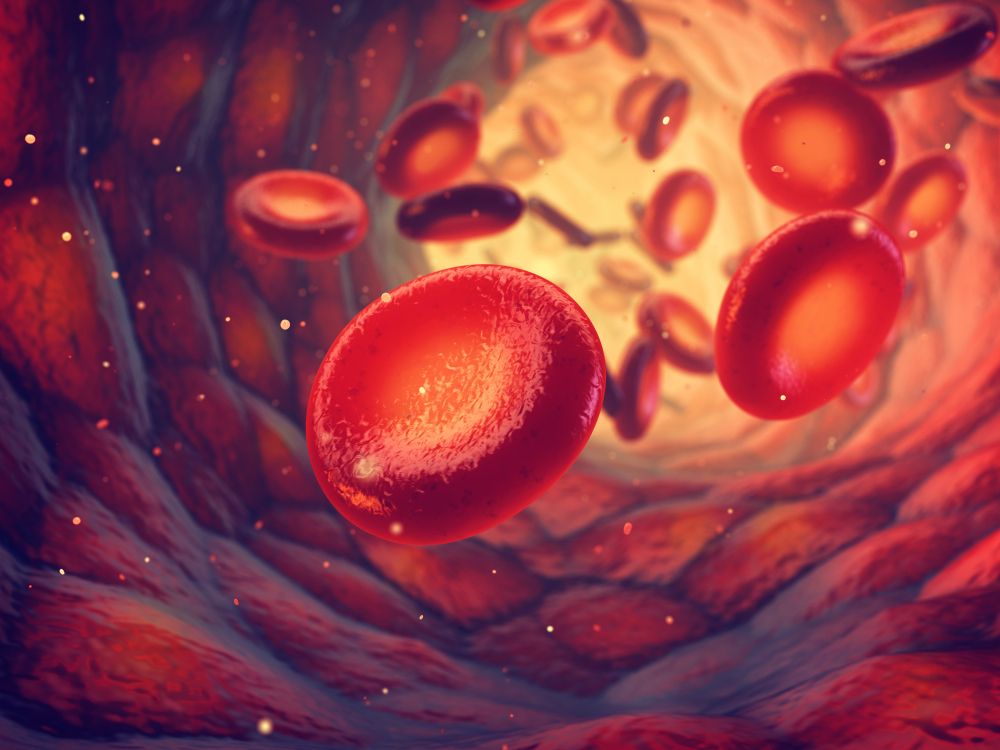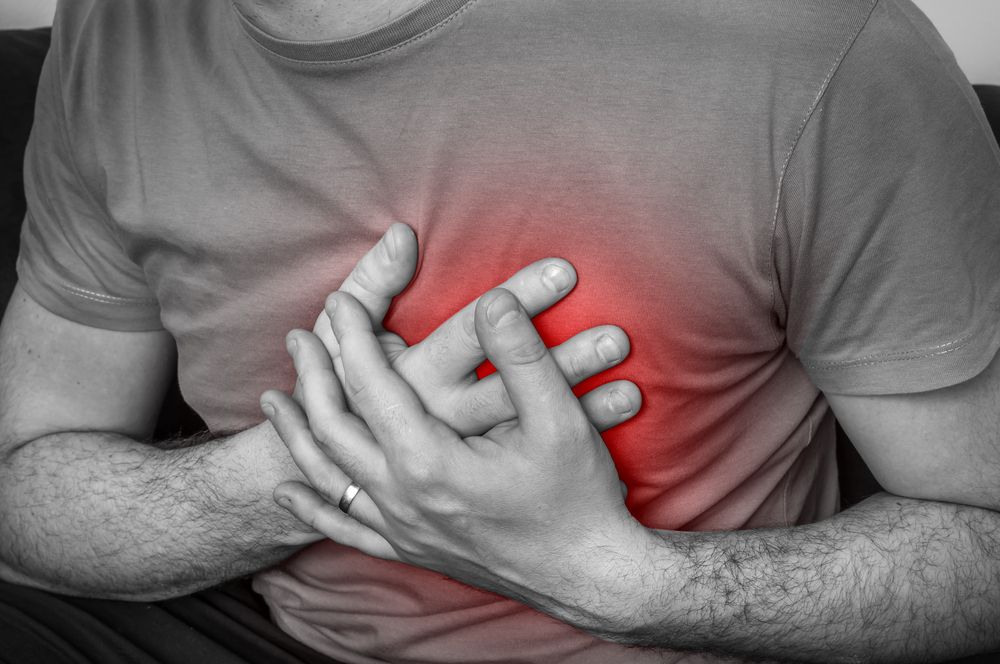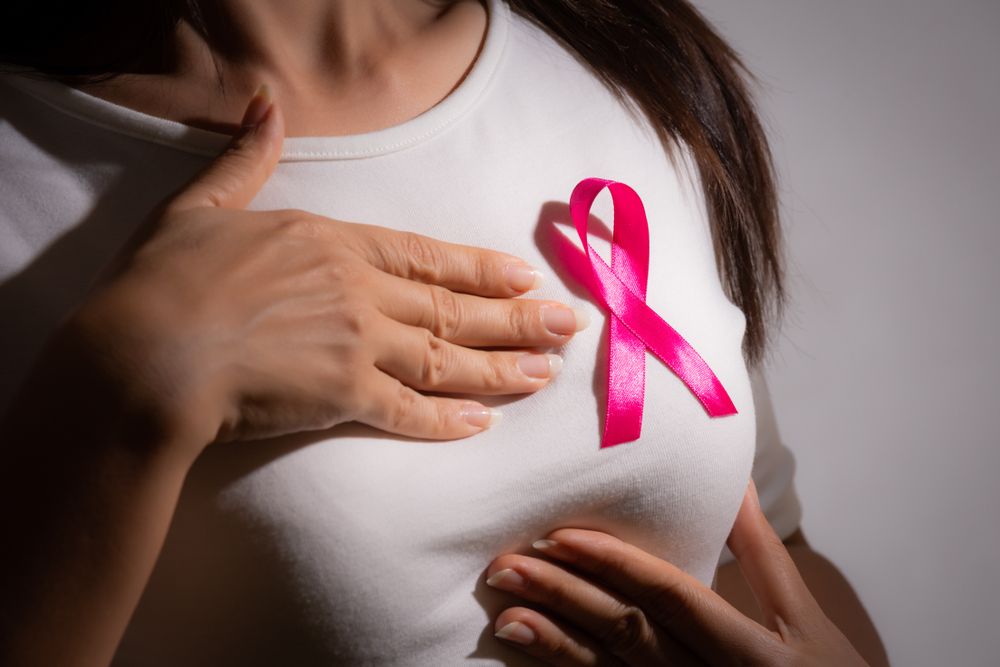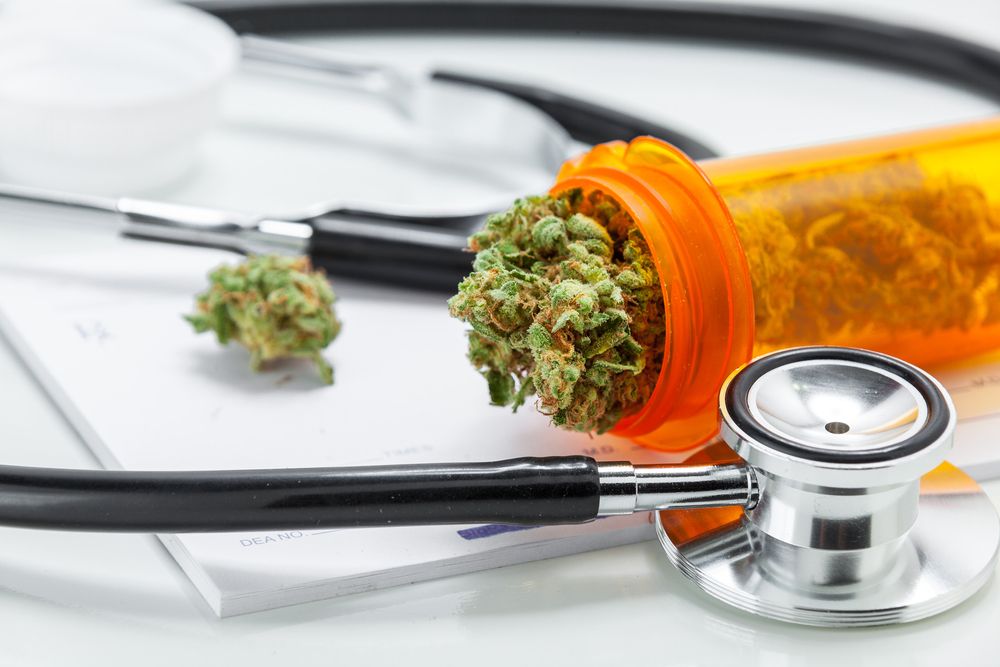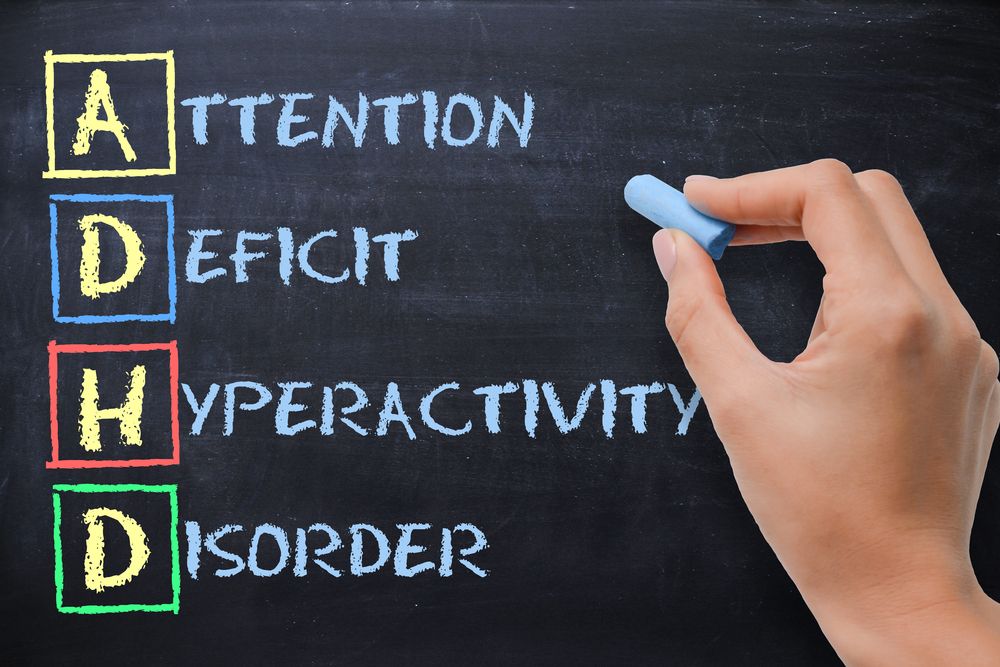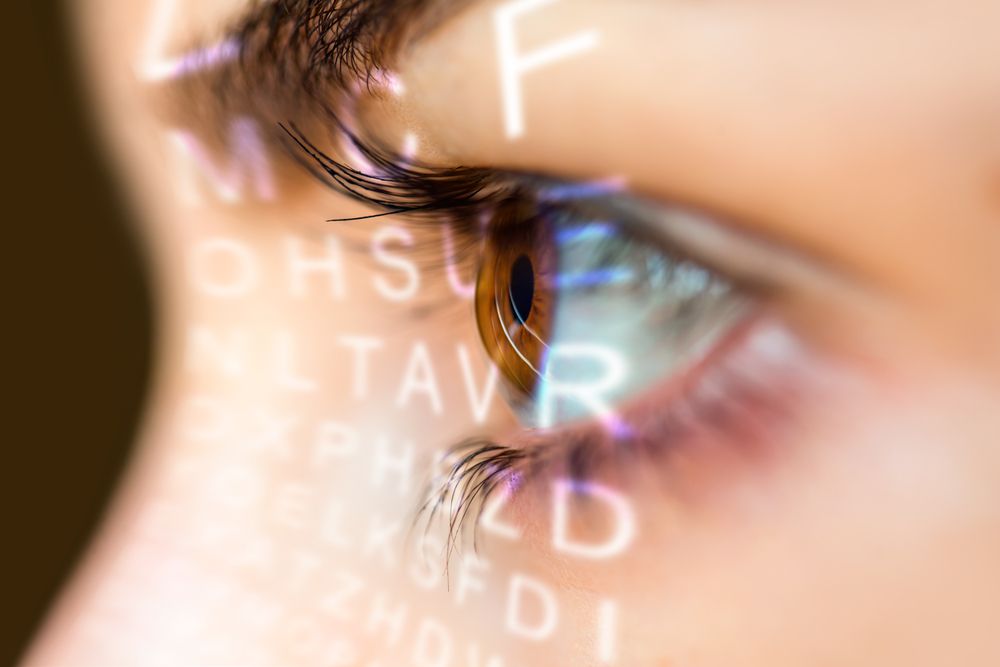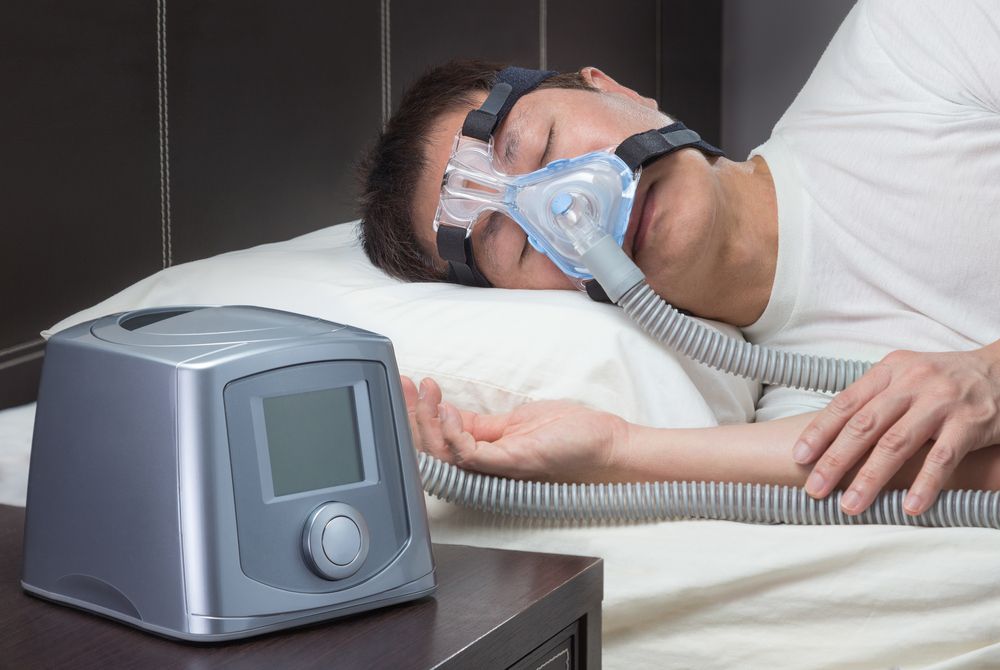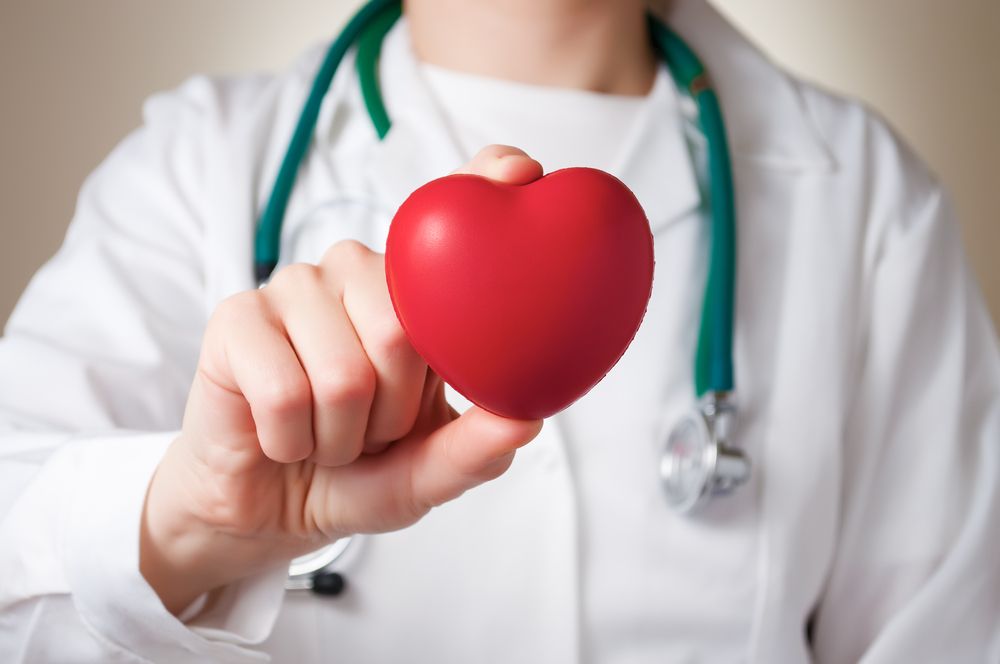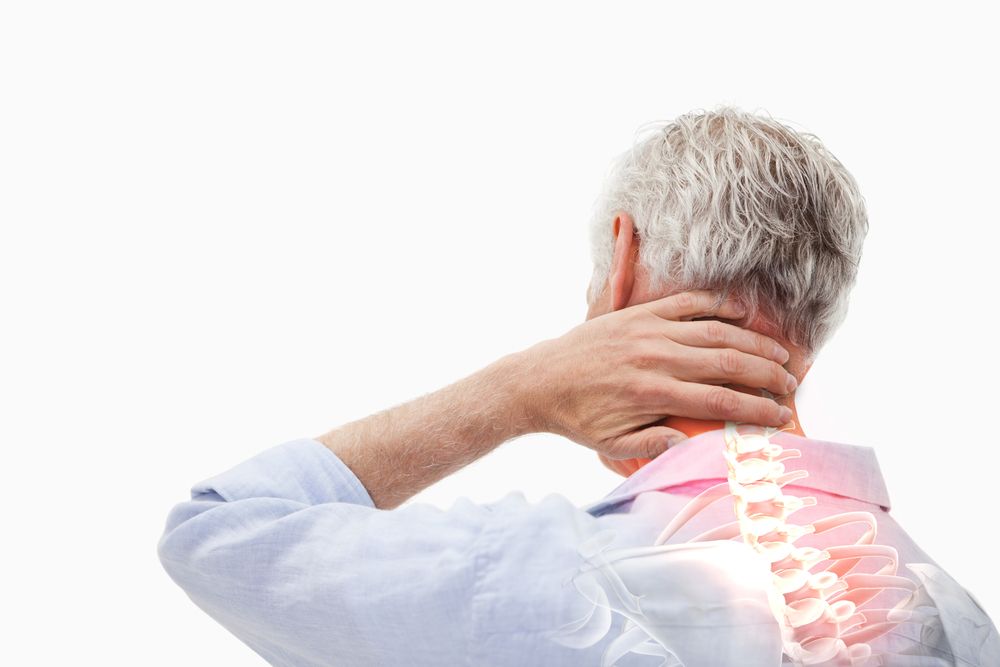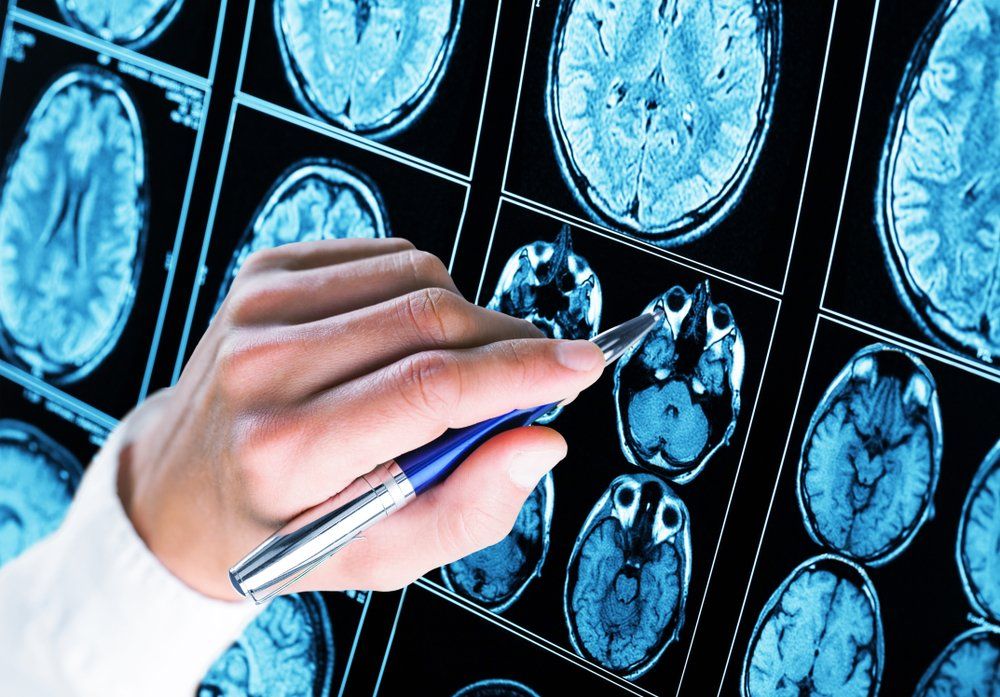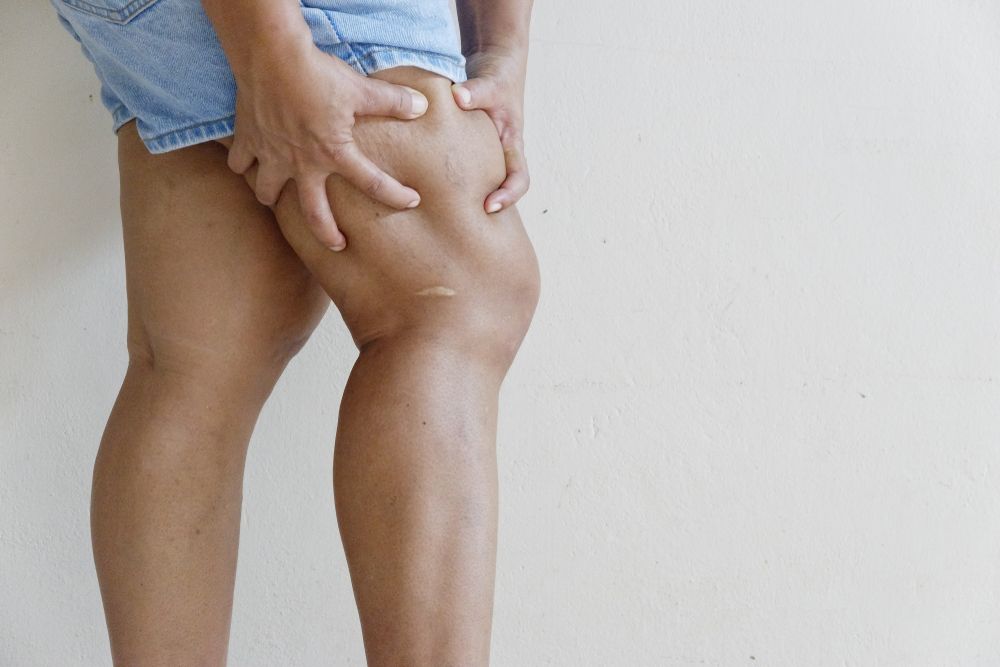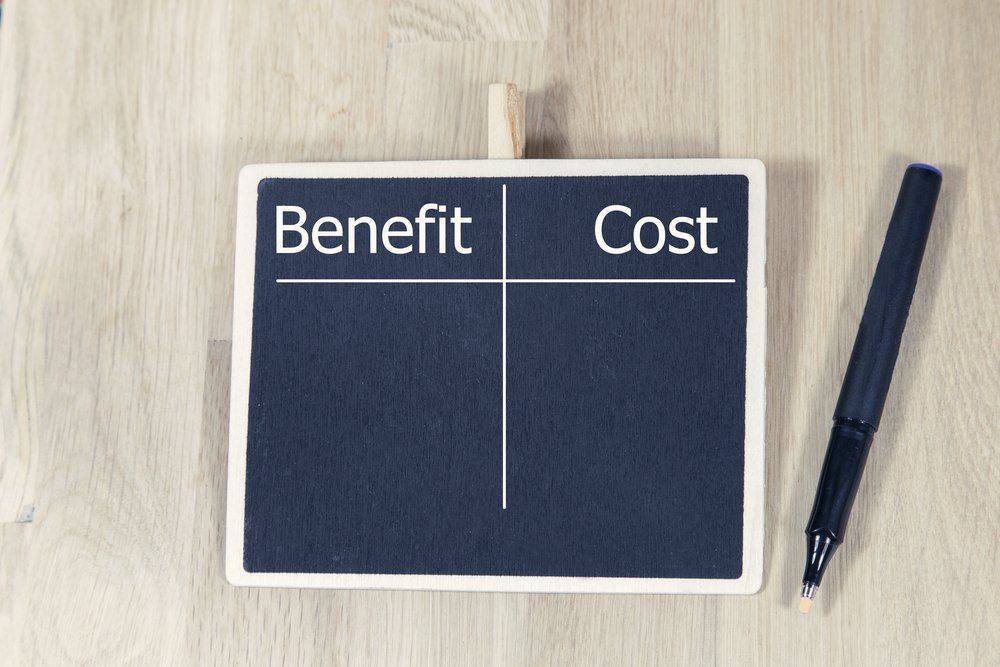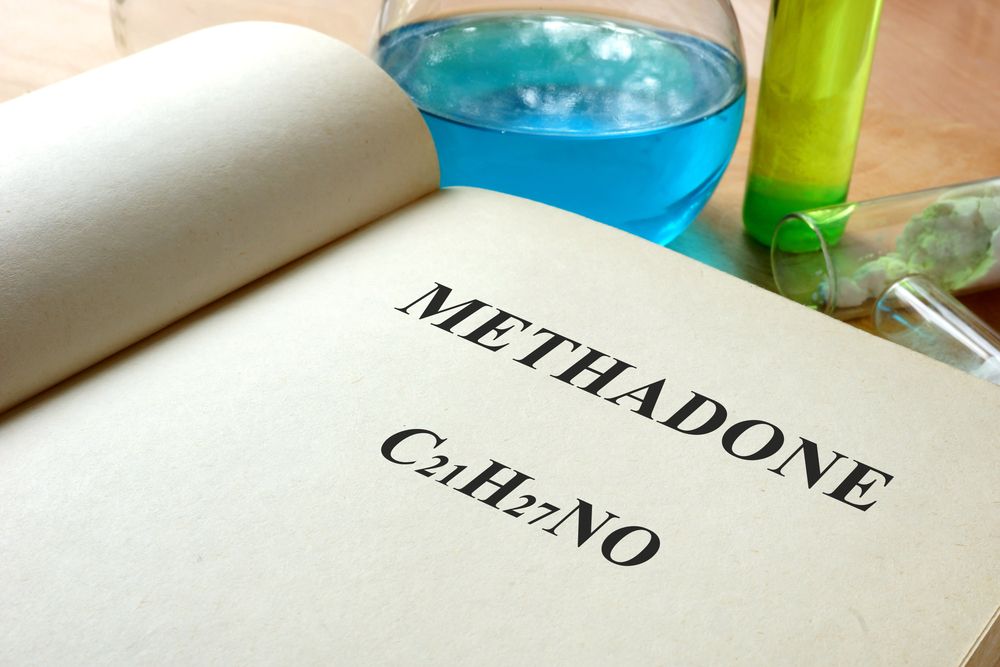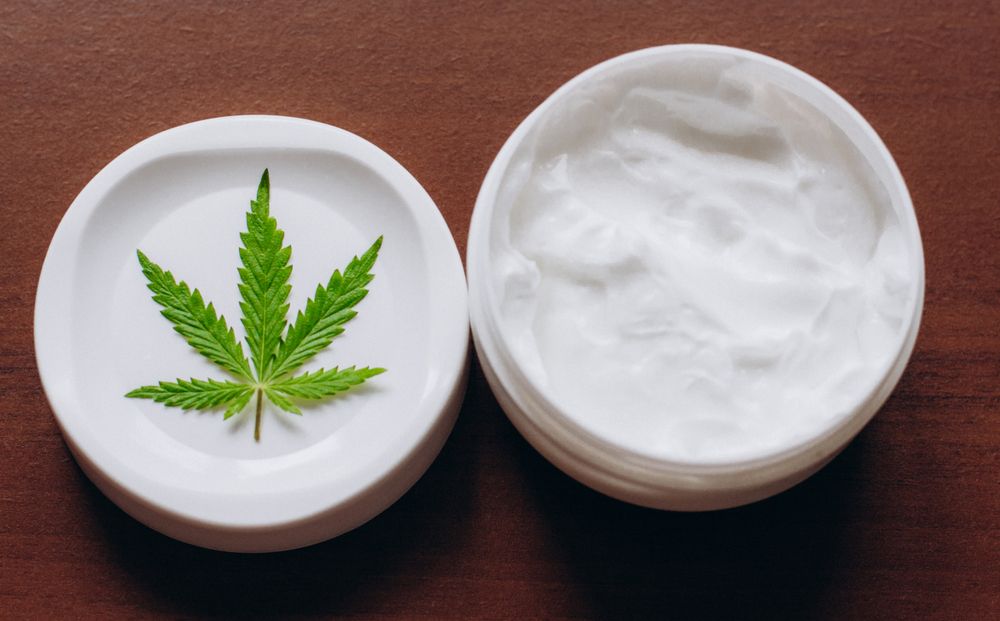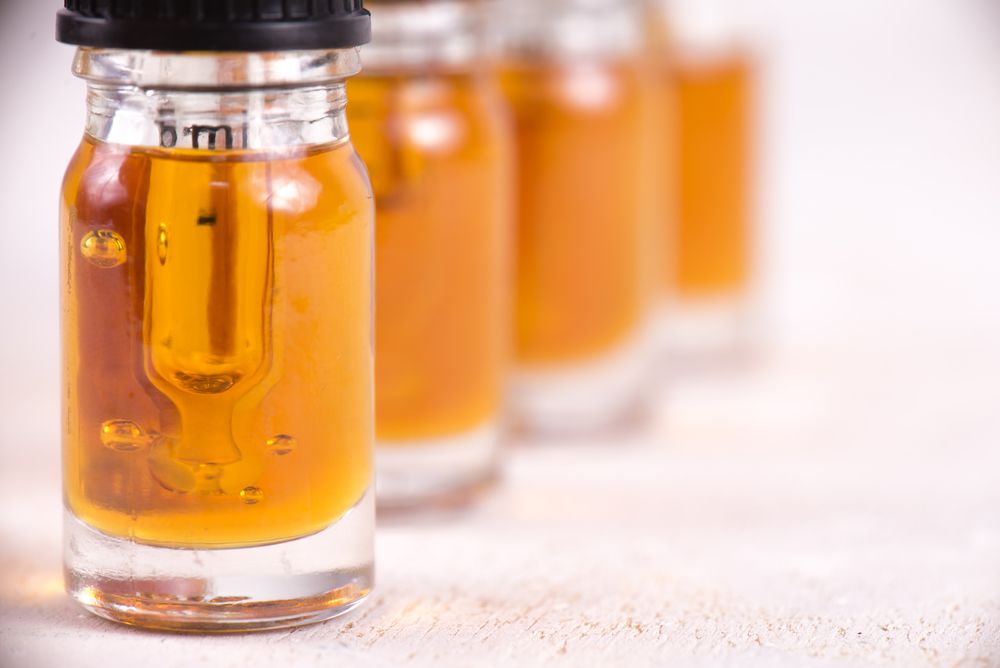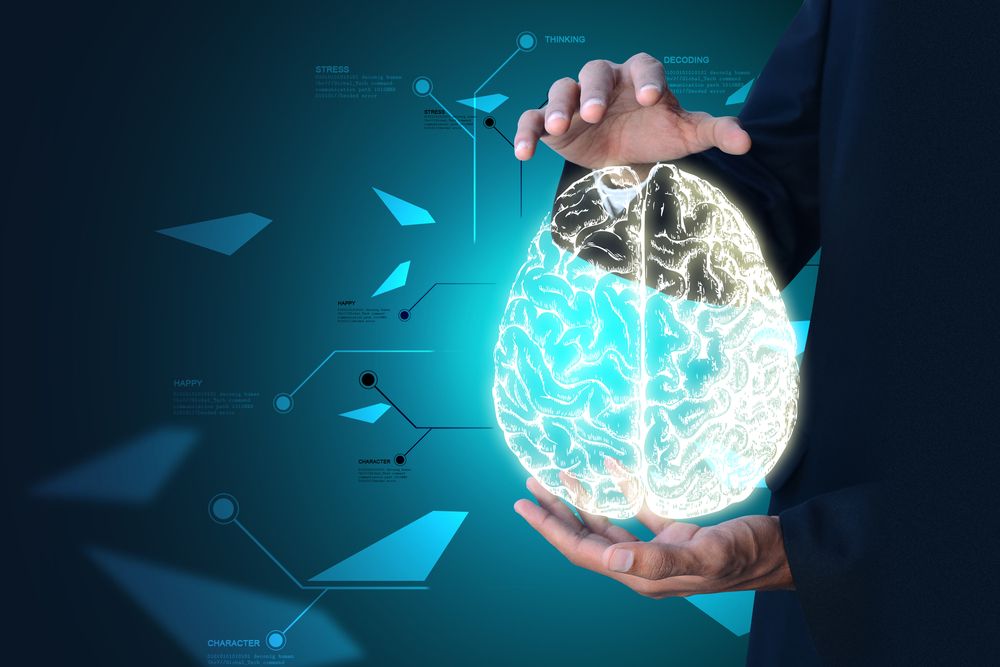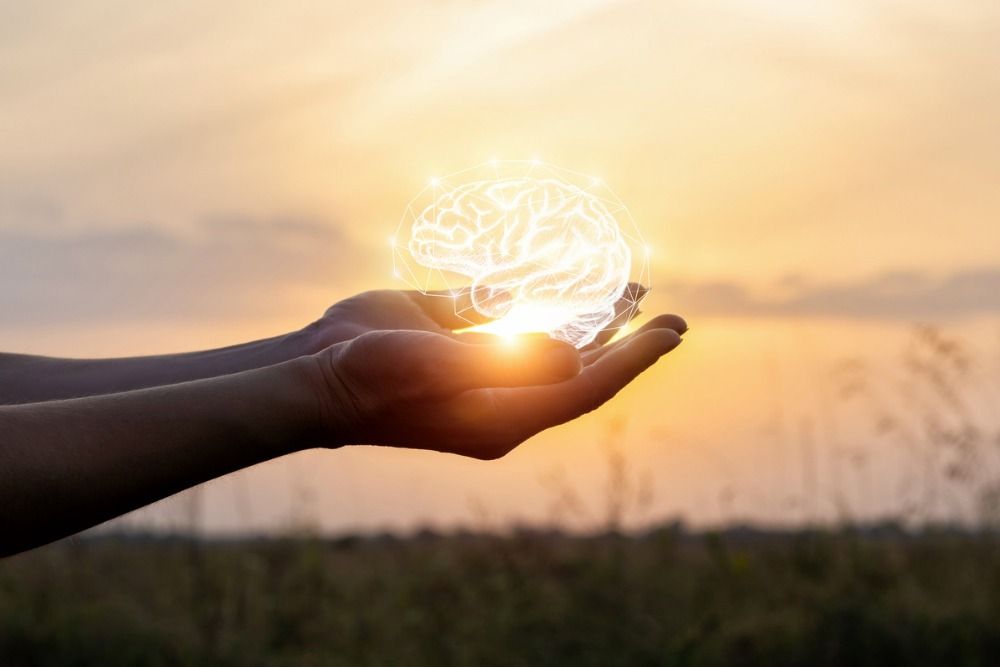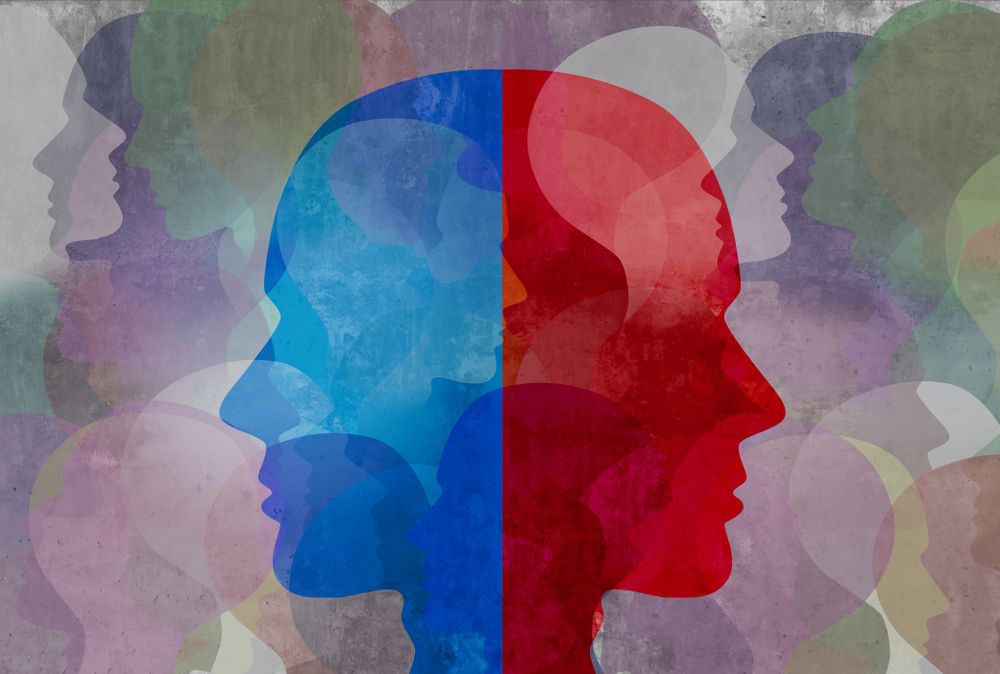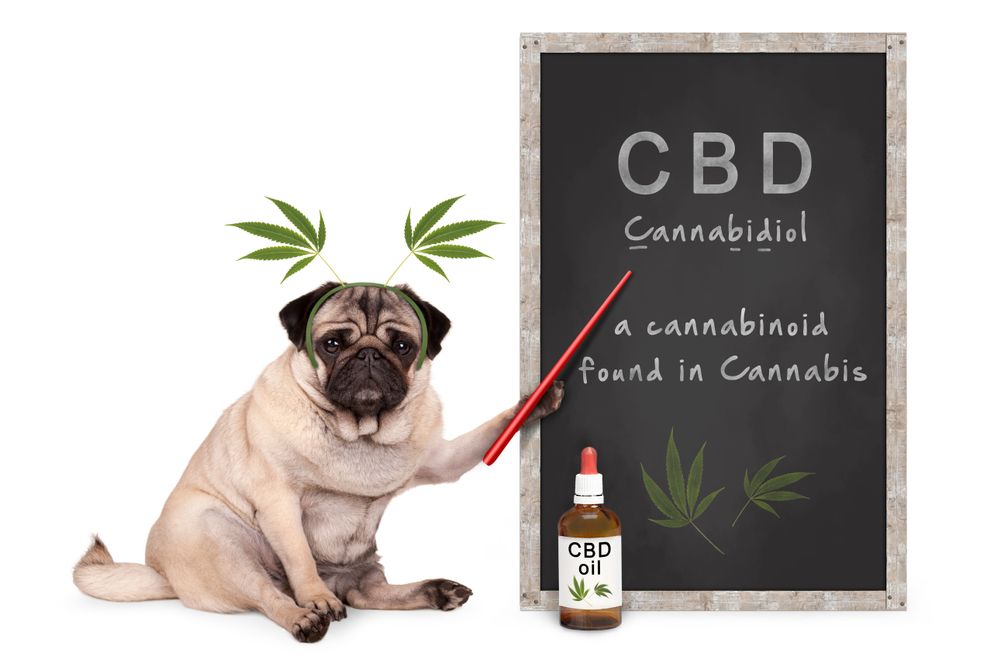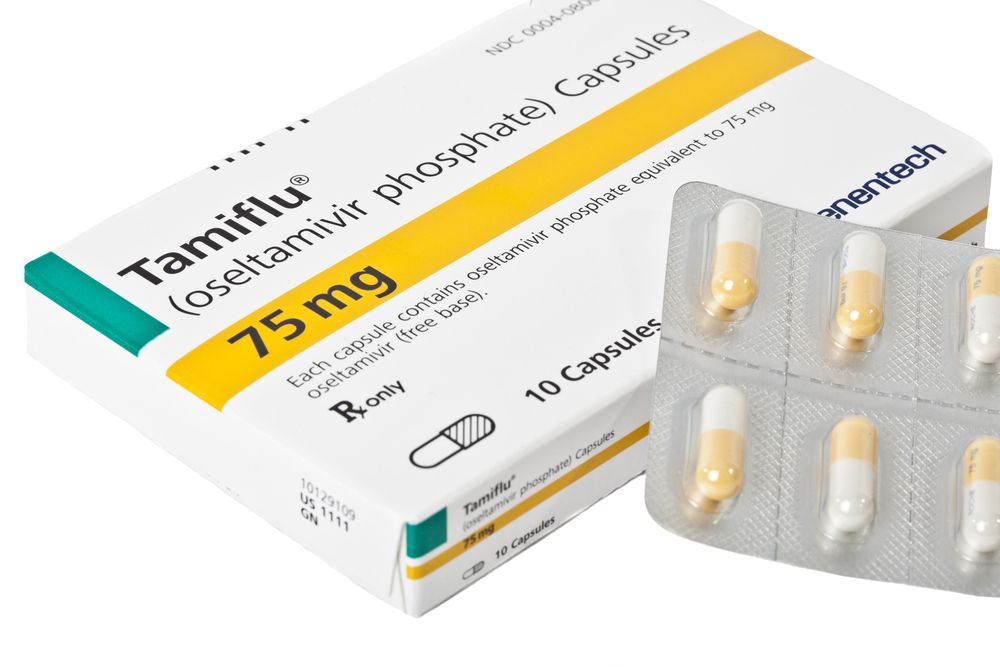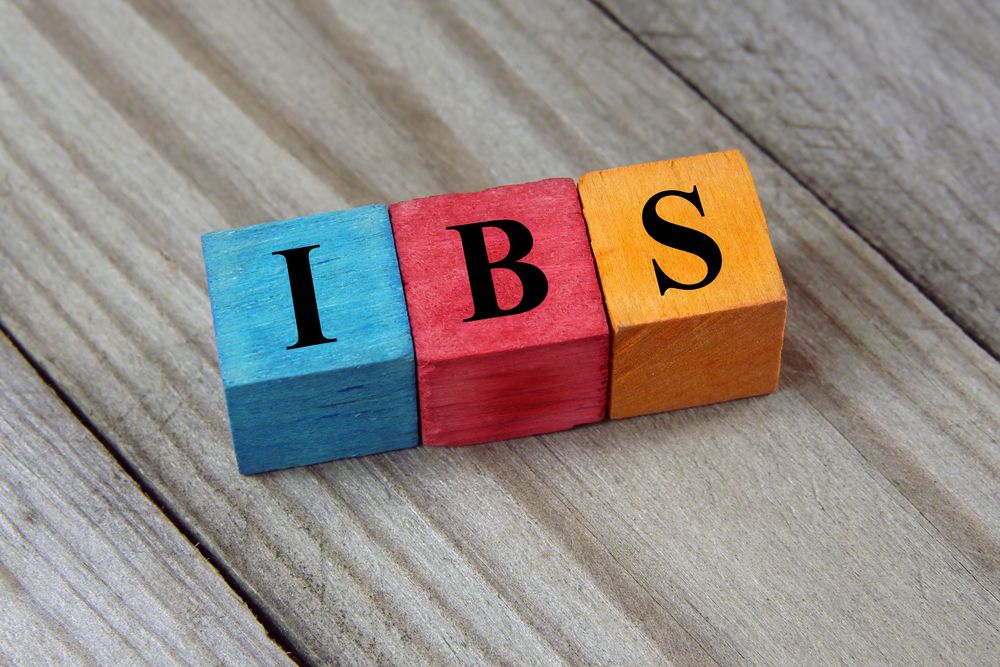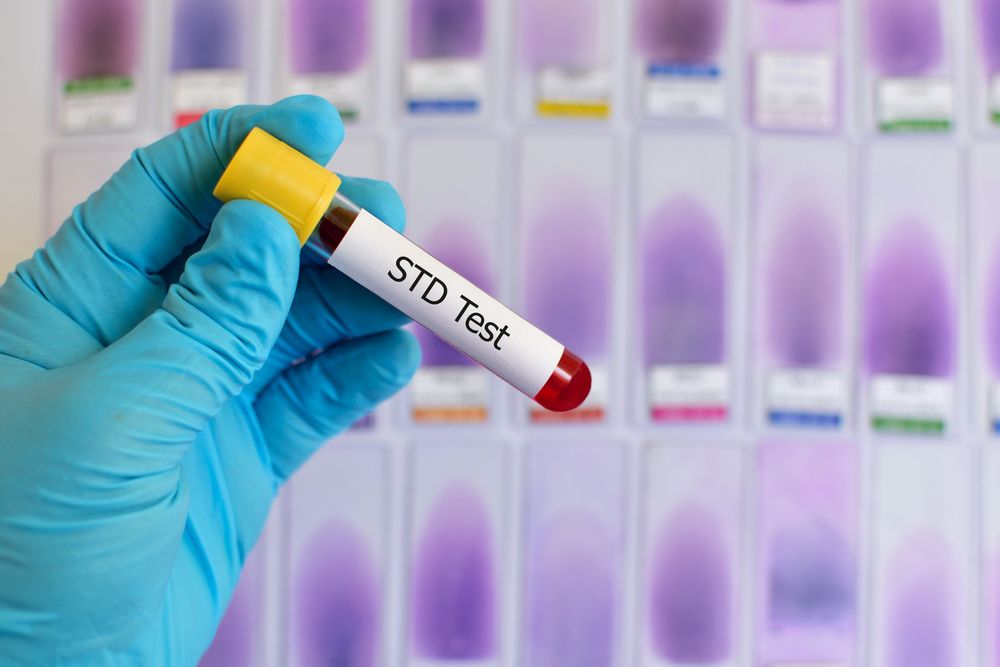An addiction is a brain disease entailing a pattern of compulsive behavior, typically the repeated use of alcohol or drugs despite mounting negative consequences. (Learn More – What Is an Addiction?)
Currently, the preferred diagnostic term for addictive behavior involving substance use is substance use disorder. (Learn More – What Is a Substance Use Disorder?)
Older terms such as substance abuse and substance dependence may still be used, but this newer clinical category encompasses the varied experiences of individuals struggling with alcohol and/or drugs. (Learn More – What About Substance Abuse and Substance Dependence?)
Addictions can also center around compulsive and destructive behaviors that do not directly involve substances, such as gambling. While categorized somewhat differently from substance use disorders, these behavioral addictions can also quickly degrade the sufferer’s quality of life. (Learn More – Are There Other Types of Addictions?)
Several signs may indicate that an individual is experiencing a substance use disorder or behavioral addiction. (Learn More – What Are the Signs of an Addiction?)
Symptoms and consequences vary widely, as the progression of the disorder reflects the affected individual’s pattern of behavior and life circumstances.
Generally speaking, the negative impacts of addictive behavior are not limited to the individual affected by the disorder. As substance use or problematic behaviors continue despite increasing risk and pain, the addicted person’s friends and loved ones are naturally alarmed. (Learn More – How Addictive Behaviors Affect Others)
Additionally, compulsive behaviors can translate to more direct threats to society at large, such as driving under the influence. In short, if you believe you are addicted, your behavior will likely result in significant harm to yourself and others – unless you seek treatment to promote meaningful change.
Indeed, while substance use disorders and behavioral addictions are serious psychiatric challenges, they are treatable through several evidence-based methods. (Learn More – Are Substance Use Disorders Treatable?)
Common and effective treatments involve certain medications (Learn More – What Is Medically Assisted Treatment?) and behavioral interventions such as therapy. (Learn More –What Are Behavioral Interventions?)
Some experts and treatment modalities prioritize a reduction in harmful substance use or behaviors, rather than total abstinence. However, abstinence-based recovery is still the most common objective among addiction treatment providers. (Learn More – Is Abstinence Necessary in Recovery From a Substance Use Disorder?)
For an overview of addiction’s key components and a brief introduction to available treatment options, explore the information presented below.
What Is an Addiction?
According to the major mental health organizations like the American Psychiatric Association (APA) and the American Society of Addiction Medicine (ASAM), addiction is defined as a brain disease that manifests as compulsive use of drugs or alcohol despite the harmful consequences of using these substances. (As we’ll discuss in more detail later, while the vast majority of addictions involve intoxicating substances, there are exceptions to this rule.)
People with addictions have an intense desire or drive to use one or more substances, and this focus soon affects other areas of their lives. Furthermore, they continue to use substances despite mounting evidence that their substance use is causing serious problems — for them and the people they care about.
Such problems might include failing health, poor job performance, fraught personal relationships, and legal trouble. Additionally, a pattern of destructive substance use is often accompanied by negative changes in affect, which the user may seek to resolve with yet more substance use.
It is essential to bear in mind that these patterns of behavior are the manifestation of an illness with a neurological basis. While more research is needed to clarify how addiction functions specifically, it is abundantly clear that repeated substance use results in changes to the human brain and body. These changes account for the painful behaviors that define addiction, rather than a lack of will-power or moral failure.
Because addictions appear across the world, encompassing a wide set of experiences, they are consistently difficult to define via precise, diagnostic criteria. Accordingly, although the term addiction remains widely used in clinical circles and research literature, experts have sought other terms for the purposes of diagnosis and treatment.
At the time of this writing, the preferred clinical term for addictive behavior involving substance abuse is substance use disorder, a formulation advanced in the latest version of the APA’s Diagnostic and Statistical Manual of Mental Disorders (DSM-V).
What Is a Substance Use Disorder?
According to the DSM-V, substance use disorders are characterized by some or all of the following features:
- Using in larger amounts or for longer than intended
- Wanting to cut down or stop using, but not managing to do so
- Spending a lot of time getting, using, or recovering from using a particular substance
- Cravings for a given substance
- Inability to manage commitments due to use
- Continuing use even when it causes problems in relationships
- Giving up important activities because of use
- Continuing to use, even when it puts you in danger
- Continuing to use, even when physical or psychological problems may be made worse by use
- Increasing tolerance
- Withdrawal symptoms
The diagnostic category of a substance use disorder combines older notions of substance abuse, substance dependence, and addiction. It is considered to be a more descriptive diagnostic term, allowing clinicians to identify problematic substance use in its myriad manifestations and degrees of severity.
For example, and individual with two or three of the symptoms above would receive a diagnosis of a “mild” substance use disorder. Someone meeting six or more of these criteria would be considered to have a “severe” disorder instead.
Substance use disorders are identified and diagnosed by the type of substance the person is using, such as an alcohol use disorder, opioid use disorder, and tobacco use disorder.
What About Substance Abuse and Dependence?
Older editions of the Diagnostic and Statistical Manual of Mental Disorders (DSM) used the terms substance abuse, substance dependence, and addictive behaviors. The current edition of the manual (DSM-5) has replaced these terms with substance use disorder.
Substance abuse was considered to be the compulsive use of a substance that did not quite meet the criteria for substance dependence (what most people would consider to be an addiction). However, experts at the APA found that these diagnostic categories failed to adequately describe the behavior that clinicians observed in their patients. As a result, the APA opted for the current classification of addictive behaviors as substance use disorders, supplementing the term with a spectrum of severity ranging from mild to severe.
Accordingly, while the term substance abuse still sometimes appears in clinical and research literature, it is no refers to a diagnosable disorder. Likewise, when referring to substance dependence these days, most clinicians are referring to the development of physical dependence (withdrawal symptoms following compulsive use of a substance and the development of tolerance to that substance).
Are There Other Types of Addictions?
Currently, the APA only recognizes one diagnosis of a behavioral addiction, a pattern of compulsive behavior unrelated to substances. This single category is gambling disorder, in which a person’s gambling functions in a destructive manner much like repeated substance use.
However, the APA also designated addiction to gaming as a condition worthy of further study in the DSM-V. The World Health Organization also recently recognized gaming disorder as a behavioral addiction that occurs in some individuals who play different types of electronic or video games. 
It’s worth noting that many harmful behaviors that might be understood as addictions are simply classified differently in the DSM-V. Eating disorders, for example, could be understood through the framework of behavioral addiction, but are afforded their own diagnostic category instead.
What Are the Signs of an Addiction?
Substance use disorders and behavioral addictions can only be formally diagnosed by licensed clinicians. But while you cannot diagnose yourself, there are some clear indicators that you should seek professional help.
While the characteristics of addiction vary from individual, here are some signs that you or someone you know is experiencing a substance use disorder. If you’re concerned about a gambling addiction, substitute your betting habits for substance use in each example below.
- Frequently using the substance in larger amounts, for longer periods of time, or more often than one had originally intended to.
- Continuing to use the substance in spite of the desire to quit or cut down on use.
- Continuing to use the substance even though it is causing physical or psychological problems.
- Continuing to use the substance even though it is causing you problems in relationships, work, at school, or other important areas of life.
- Neglecting important personal obligations due to your use of the substance.
- Developing cravings or strong urges to use the substance.
- Finding that you need more of the substance to get the effect you once got with a smaller amount (tolerance).
- Experiencing mood swings, physical illness, anxiety, or other symptoms when you have not been able to use your substance of choice (withdrawal).
How Addictive Behaviors Affect Others
The manifestations of substance use disorders and behavioral addictions almost inevitably impact an individuals’ friends, family, and the broader community. While it’s impossible to adequately describe the social ramifications of addiction, here are some of the tragic ways compulsive use can affect others:
- Individuals often withdraw from their close relationships and social connections, seeking isolation and maintaining secrecy regarding their use.

- Individuals often spend wildly to fuel their use, jeopardizing the financial future of spouses and children.
- Individuals often engage in risky and/or dangerous behaviors while under the influence, such as driving drunk.
- Individuals often engage in crime to support their use, frequently targeting friends and loved ones for theft.
Perhaps most importantly, those who care about someone struggling with an addiction observe the alarming progression of the illness. They therefore witness the upsetting development of the disorder and are often unable to convince the addicted person to seek treatment.
What Are the Most Common Drugs of Abuse?
According to data provided by the Substance Abuse and Mental Health Services Administration (SAMHSA), in order of frequency of abuse, the most common drugs of abuse in the United States are:
- Tobacco products, especially cigarettes.
- Alcohol.
- Cannabis products.
- Prescription painkillers.
Though these substances may be abused most often, they hardly present a complete picture of America’s drug problems. Heroin, methamphetamine, cocaine and benzodiazepines are also used recreationally and compulsively with disturbing frequency.
Are Substance Use Disorders Treatable?
Although substance use disorders are serious mental health conditions, they can be treated effectively. It is important to understand that substance use disorders are considered chronic illnesses, meaning they can be managed successfully but not eliminated entirely. While long term recovery is possible, many people experience relapse as well.
Treatment for substance use disorders will most often involve behavioral interventions, such as individual and group therapy. These can occur in a range of settings, and medical interventions may be necessary to treat withdrawal symptoms before therapy can begin.
Additionally, some substance use disorders may be treated through a combination of behavioral interventions and certain medications. These modalities are collectively referred to a medication-assisted treatment.
What Is Medication-Assisted Treatment?
When treatment providers discuss medication-assisted treatment for substance use disorders, they may be referring to a wide array of potential practices. Indeed, medications can serve different functions for individuals in various stages of treatment. While there are no medications that can fully address the issues associated with substance use disorders, medication-assisted treatments can significantly affect the treatment outcomes of someone in recovery.
Medication-assisted treatments can address one or more of the following challenges:
- Withdrawal symptoms. Some medications specifically target the withdrawal symptoms that occur in the early stages of recovery, as the body adjusts to the absence of a given substance. These medications can significantly reduce discomfort or virtually eliminate the symptoms of withdrawal.
Medications of this type include opioid replacement medications such as methadone and buprenorphine. Additionally, physicians may prescribe other medications to address specific withdrawal symptoms, such as nausea, vomiting, and lethargy. - Some symptoms of co-occurring psychiatric disorders. Medications can reduce anxiety, decrease depression, address eating disorders, control bipolar disorder, and so forth.
- Intake of a drug. Antabuse is designed to discourage people from drinking alcohol by making them violently ill when they drink. Conversely, Naloxone is used to treat opioid use disorder, blocking opioid receptor sites and thus reducing the incentive to use.
What Are Behavioral Interventions?
Behavioral interventions are treatments that do not involve medication and are used to help individuals achieve psychological and behavioral change. Behavioral interventions include therapy for substance disorders (both individual therapy and group therapy), participation in peer support groups such as 12-step groups, education, and alternative or nontraditional therapies, such as music therapy, art therapy, and exercise.
Behavioral interventions form the foundation of most substance use disorder treatment programs, whether they are conducted in an inpatient setting or on an outpatient basis. They are typically most effective when maintained over long periods of time. Most individuals can benefit from therapy and/or participation in support groups for many years after they initially become abstinent from their drug of choice.
Is Abstinence Necessary in Recovery From a Substance Use Disorder?
The question of moderate drinking and/or substance use prompts great controversy among experts and individuals in recovery. For many treatment providers and peer support fellowships, total abstinence from intoxicating substances is the only feasible objective. In this view, addicted persons face great risks when they attempt to manage their consumption of substances, and such efforts are unlikely to succeed.
Yet there are some programs that allow individuals to continue with occasional use of their drug of choice, such as Moderation Management. Additionally, a growing number of clinicians practice a mode of treatment termed “harm reduction,” which emphasizes incremental positive change rather than demanding a commitment to total abstinence.
If you are serious about obtaining treatment, we suggest that you research these options with an open mind. While many experts have strong opinions about the appropriate goals of treatment, the best choice will depend on the needs of each client.
We hope this article has provided some clarity about the complex nature of various addictions. As a result, you should be better able to identify substance use issues and understand the treatment options available. While addiction is certainly daunting and painful, it can be addressed through effective treatment — and it’s never too soon to seek help.
References
What Is Addiction? (January 2017). American Psychiatric Association.
Definition of Addiction. (April 2011). American Society of Addiction Medicine.
The Diagnostic and Statistical Manual of Mental Disorders – Fifth Edition. (2013). American Psychiatric Association.
DSM 5 Criteria for Diagnosing Substance Use Disorders. (2017). American Clinical and Climatological Association.
DSM 5 Criteria for Substance Use Disorders. (September 2019). VeryWellMind.
Dependence Syndrome. (2019). World Health Organization.
Internet Gaming. (June 2018). American Psychiatric Association.
Gaming Disorder. (September 2018). World Health Organization.
Diagnostic Changes for Eating Disorders in the DSM-V. (October 2019). VeryWellMind.
What Are the Symptoms of Addiction? (October 2018). Medical News Today.
Addiction and Health. (July 2018). National Institute on Drug Abuse.
National Survey on Drug Use and Health: Detailed Tables. (October 2018). Substance Abuse and Mental Health Services Administration.
Treatment and Recovery. (July 2018). National Institute on Drug Abuse.
Medication-Assisted Treatment (MAT). (April 2019). Substance Abuse and Mental Health Services Administration.
Buprenorphine. (September 2019) Substance Abuse and Mental Health Services Administration.
Controlling Alcohol Cravings With Medication. (September 2019). VeryWellMind.
Naloxone. (September 2019). Substance Abuse and Mental Health Services Administration.
Principles of Drug Addiction Treatment: A Research-Based Guide (Third Edition). (January 2018). National Institute on Drug Abuse.
Is Drinking in Moderation Possible for Alcoholics? (October 2019). VeryWellMind.
ModerateDrinking.com and Moderation Management: Outcomes of a Randomized Clinical Trial with Non
Dependent Problem Drinkers. (April 2011). Journal of Consulting and Clinical Psychology.
Sobriety is just one pathway to recovery. Harm reduction is another. (April 2019). STAT.




